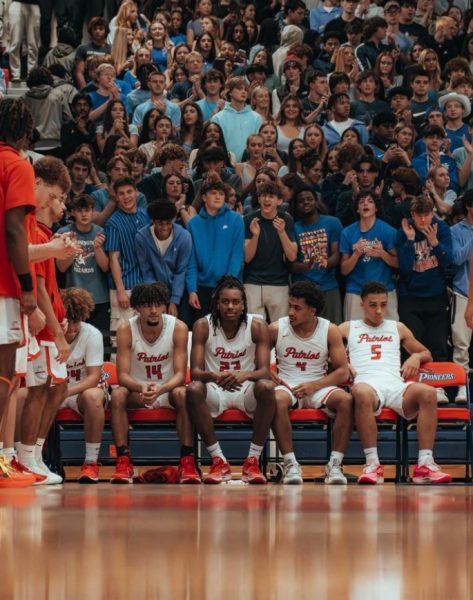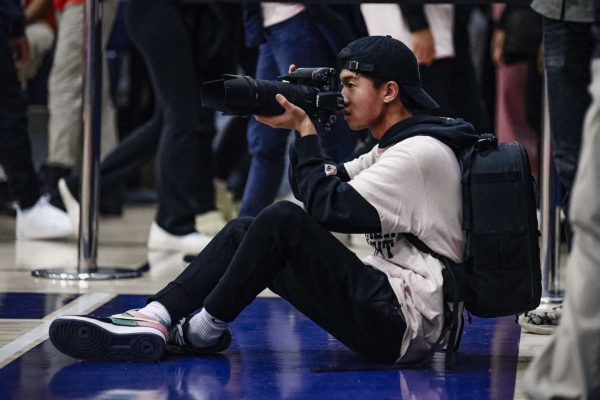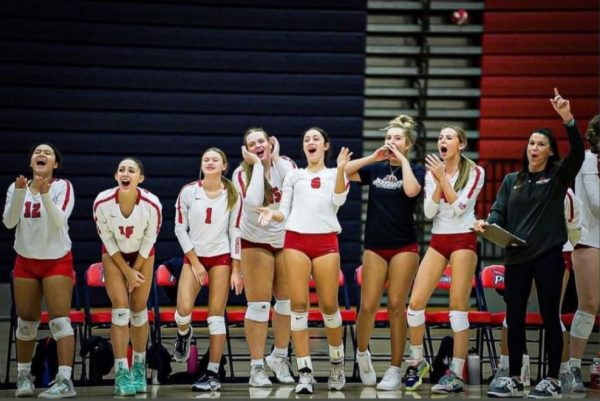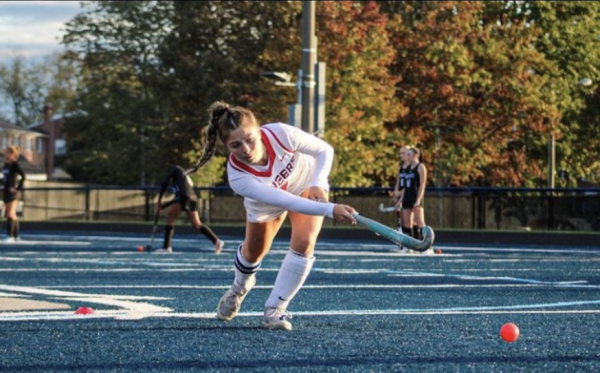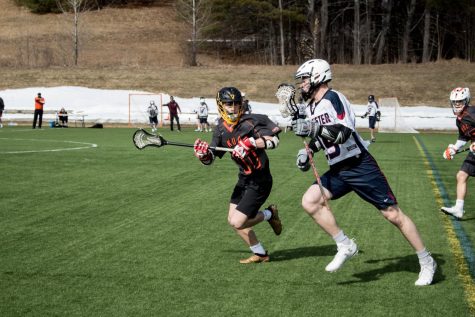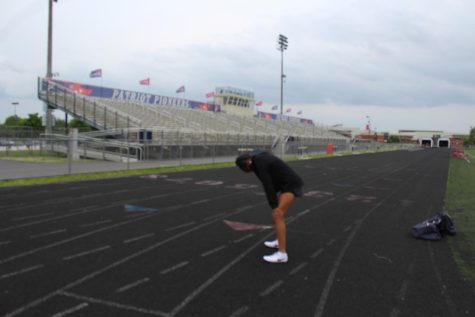The Unfair Distribution of Athletic Funds in High School Sports
Throughout the U.S. there is a wide variety of different high school athletics for students to choose from. From football and basketball all the way to lacrosse and swim, this broad set of options allows all students to find a sport that they could possibly be interested in. However, all these sports teams also have to be paid for in some way. This creates an issue we see so much nowadays: funding.
Athletic funding seems simple at first. All that is needed to do is give each team the same amount of money so that they can all have up-to-date equipment and it’s all fair. This solution, however, will rarely work. There are too many variables and different things that schools have to pay for, not just athletics, that wouldn’t allow for everybody to get the necessary funding.
Football is known to be one of the sports with the highest equipment and funding needed. With its high number of players each season, it needs more funding for the helmets, pads, pants, jerseys, etc. than sports with a smaller amount of players and less equipment. If they gave every sport the same funding as a sport like football, there would be too much wasted money on equipment that isn’t needed. That wasted money would take away from school equipment and would destroy the school’s budget.
Sports such as basketball, baseball, and football are all known as the money makers in high school athletics. They’re extremely popular and end up getting a lot of people to pay to see the games.
“I feel like the school favors football,” Nicole Garces of the Girls’ volleyball and soccer team said.
Schools will sometimes unfairly give more money to these types of sports due to the economic boost it will give to them. Although, since they’re being given more often to these sports, sometimes the smaller sports can be left with worn-out equipment. This can create a discriminatory aspect within funding for these sports.
High school sports are also susceptible to bias in advertising and exposure. Many schools will only post or announce when the bigger sports, such as football and basket, have games or won a game. On the other hand, sports such as wrestling, field hockey, and many more get left out and players feel as if their sport is not cared for by the school.
“Football is said in the morning announcements, they hype up the games but for Volleyball and other sports,” Garces said. “They don’t mention it in the morning announcements or the morning minutes. People don’t know about our games.”
Team spirit wear can also experience unfairness.
“With spirit wear, the football ones are so much better than the volleyball ones,” Garces said. “They look so much more detailed. It feels like they put so much more time and effort into theirs than ours.”
Sports like football, basketball, and more have obvious discrepancies in their spirit wear quality compared to smaller sports. Smaller sports usually have not as nice clothing to choose from and they’re unable to get better spirit wear with their lack of funding. Bigger sports get more options to choose from in their spirit wear store too.
Inequality in boy’s and girl’s sports is one of the first occurrences people will expect to happen. One of the biggest law changes in history for athletic funding was Title IX. Title IX states that “No person in the United States shall, on the basis of sex, be excluded from participation in, be denied the benefits of, or be subjected to discrimination under any education program or activity receiving federal financial assistance.”
This means that funding can’t be discriminatory because of gender. If the boy’s basketball team gets new jerseys, then the girl’s basketball team has to get new ones also. However, this doesn’t mean the funding has to be equal. All it means is that the way the funding is distributed and used can’t be discriminatory in any way.
The Patriot High School softball team got new jerseys this year so their boy’s Baseball team got new jerseys too. The law has been on a rise over the past decade because unfairness has become so popular. It’s helped a ton in inequality cases and will continue to make sure funding is fair across the U.S.
Athletic funding can be easily susceptible to favoritism and bias., However, most of the time there are reasons why one sport is getting more funding than another. Some sports need a bigger budget for equipment and a higher amount of players than others. The funding not being equal doesn’t exactly mean that it’s not fair, however, many schools still suffer from unfairness in their athletic funding.
Your donation will support the student journalists of Patriot High School. Your contribution will allow us to purchase equipment and cover our annual website hosting costs.




